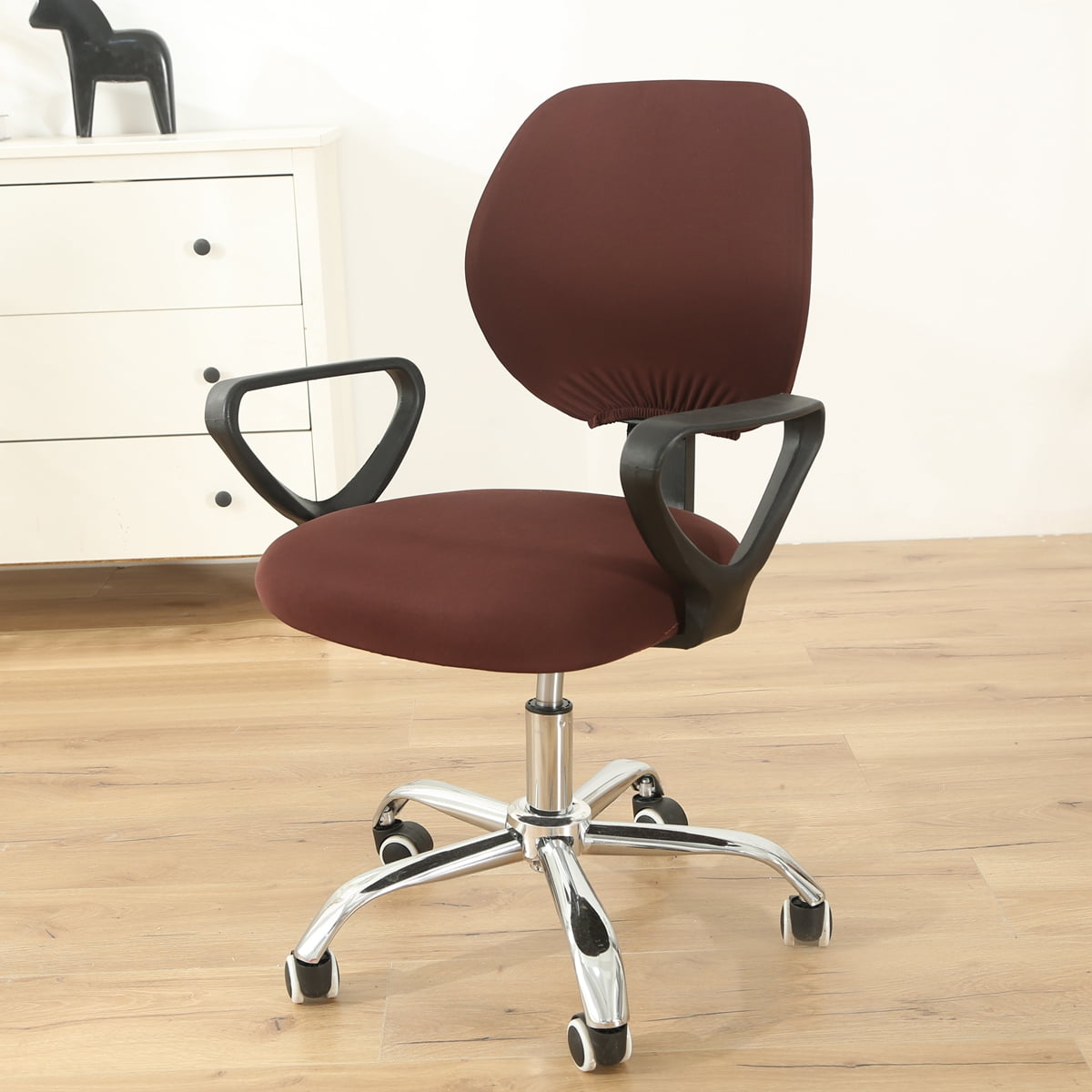

The ErgoChair is an ergonomic workplace chair designed to keep you healthy all day long. To improve your abdominal and back muscles while working, alternate between your office chair and an exercise ball.
#Seat cover desk chair professional#
In any professional setting, an ergonomic office chair that changes to the customer's height, weight, and activities is necessary for health and productivity. The appearance of a curved and customizable backrest that maintains and supports the natural ‘S' shape curved spine, offering enough support where needed, achieves this. Office chairs that are ergonomically designed are built with the consumer in mind and are intended to facilitate the lumbar spine. An ergonomically suitable office contributes significantly to increased comfort – and performance. If you spend a lot of time at a desk, you should think about how ergonomically designed your workspace is. Stretching and taking proper pauses can help to avoid some of this tension, but these won't be enough to completely remove it.

Alternatively, if you have an old chair that could use a little sprucing up, some of these computer chair accessories could come in handy. However, once you've found one, you could want to add some office chair accessories to enhance the office chair in consideration - or possibly its problematic aspects.

time expenditure.Getting the correct desk chair for you isn't easy, but we have more than enough resources to assist you in your search, including our detailed guide to the best office chairs, and also some pointers on preventing the most common errors made when purchasing a chair. How much fussing like this you do is linked to your standards for perfection vs. The solution would be redraping the fabric and re-sewing the casing until it looks the way you want it do, and possibly adding darts to the fabric to reduce the bunching up of odd areas. Stretch fabric can be eased and stretched quite a bit, but I'm not sure how it will wear on something as hard working as the seat of a chair. Repeat 2-10 for both the seat and back cushions.ĭepending on your skill with draping and sewing this could create some weird puckers on the corners or hard to drape bits - especially if you have very stiff fabric. Thread the cord through the gap and into the casing, I generally use a safety pin attached to the end of the cord to assist me in threading.įit the pouch over the cushion, draw the cord tight. Sew it down, leaving a 2-3" unsewn gap somewhere in the fabric. Serge or zigzag stitch the edges of the fabricįold down the 2-3" extra to make a casing. Make sure you have left 2-3" of overlap, even at the corners, so you can gather it all together.Ĭut where you've marked. Mark the width and height of the fabric with a chalk pen or a pin. Make sure that the fabric is nice and smooth and well positioned from top to bottom and side to side - if the fabric has a pattern, make sure it's aligned. Fold it around the cushion like you're wrapping present, leaving 2-3" where it overlaps with any base (probably made of plastic). Measure the fabric by draping it over each cushion. While you're at the store, also grab either a thick strong cord, or a thick strong elastic cord. I suspect you want 3 yards, just to be safe. You could go as light weight as a thick cotton, or a stretchy knit fabric, but it may stand up less to wear and tear. Upholstery fabric would be the classic choice, but make sure it isn't so thick that it's hard to bend or drape over the chair. Pick a fabric - You want something heavy duty, but also something that will drape OK. Here's my basic approach - assuming you are comfortable or have help with sewing machines: My process would be to make a drawstring pouch for each part (back, seat) of the chair - but then I'm very comfortable with a sewing machine and with odd patterns.


 0 kommentar(er)
0 kommentar(er)
